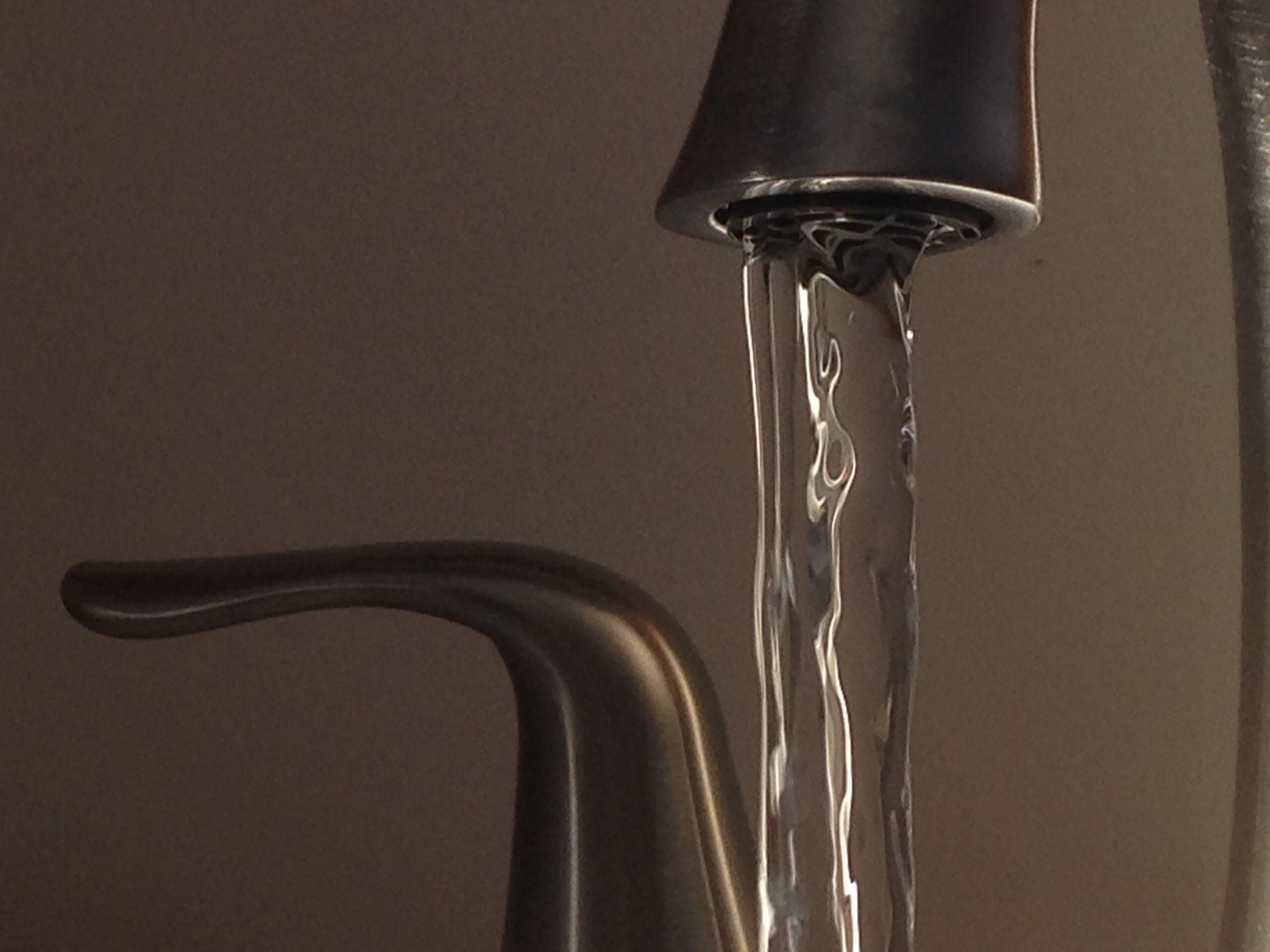As the groundwater education specialist for the Center for Watershed Science and Education at the University of Wisconsin-Stevens Point, I get a lot of questions from Wisconsin residents about their well water and how to go about testing its safety. Often, I find the people I talk with end up being reassured that their well is producing quality water. But there are a few basic questions I regularly encounter.
What are drinking water standards?
Water test results don’t mean much without standards for comparison. Quality standards used by public utilities provide a maximum allowable level of a contaminant allowed in drinking water. Primary standards provide reasonable assurances for drinking water safety (health), and secondary standards are aimed at overall aesthetic quality (taste, color and odor).
News with a little more humanity
WPR’s “Wisconsin Today” newsletter keeps you connected to the state you love without feeling overwhelmed. No paywall. No agenda. No corporate filter.
Water is considered acceptable for drinking and cooking if the concentration of a contaminant measured in water is less than the maximum allowable level. Although private well owners are not required to ensure their wells meet drinking water minimums, the primary standards serve as good guidelines for determining whether their water is safe for drinking. Meanwhile, secondary drinking water standards can help well owners understand what might be responsible for taste, color, staining or odor issues associated with their water.
How do I know which test(s) to perform?
Some basic tests are recommended for all private wells due to potential health concerns. Other tests cover overall water quality and are useful to conduct. Some laboratories may have packages that make it easy for homeowners to select the most commonly recommended tests.
When it comes to health-related contaminants, the two most common important tests for well owners to consider performing routinely are for bacteria and nitrate.
Bacteria testing measures whether a well is producing sanitary water. Positive coliform bacteria tests often indicate a potential defect with the construction of the well; in some parts of Wisconsin, bacteria may indicate aquifers are recharged by unfiltered surface water. Coliform bacteria are indicator organisms not generally thought to cause health problems, but they highlight a potential pathway for other harmful organisms to enter the water supply. If the sample is positive for coliform bacteria, the lab will check to see if E. coli are also present; the presence of these bacteria confirms the source of contamination is human or animal waste. If E. coli are ever detected, the water should not be used for drinking and cooking until the source of contamination is eliminated and a test confirms the well is bacteria free.
Nitrate testing helps indicate whether land use is influencing well water quality. If nitrate is above natural levels, this test can provide insight into other contaminants that could be present. If a nitrate test shows elevated levels and indicates the contaminant may be from nearby agricultural activity, then that well should also be tested for pesticides. Changes in nitrate concentration over time can also help well owners better understand how year-to-year changes in land use from may affect their water supply.
Every well owner should consider testing for arsenic at least once and more often if an initial test indicates the presence of this contaminant. Recent changes to state code now require an arsenic test to be completed after a licensed professional works on a well.
Lead and copper are other potential contaminants recommended for testing. The source is usually a structure’s plumbing system, with corrosive water making it more likely that these contaminants could mix with the water and be found at levels of concern. Studies show that water sitting in a plumbing system for extended periods of time is most likely to contain elevated levels of these contaminants — letting tap water run for 2-3 minutes is generally sufficient to reduce to safe levels.
Other tests may be recommended depending on where in Wisconsin your well is located. The Wisconsin Department of Natural Resources guide “Tests for Drinking Water from Private Wells” provides a good overview of which additional tests to consider and how often wells should be checked.
How can I get help interpreting my water test results?
Most laboratories will include interpretive information with water test results and will generally highlight any result above levels of concern for health. If the information isn’t clear or your questions aren’t answered, though, well owners should feel comfortable calling the lab for assistance.
In addition, the Wisconsin Department of Health Services maintains a good online guide with links to up-to-date information on specific health-related contaminants. Local health departments are also good at fielding specific questions about water quality and health.
If my well is contaminated, what happens?
This may come as a surprise, but generally nothing happens — unless a well owner decides to take additional measures. It’s in a well owner’s best interest to find long-term solutions to situations involving contaminated water. Specific approaches will vary depending on the type and amount of contaminants found in well water.
For bacteria problems, it may be as simple as replacing an old well cap and having the water properly disinfected. For older wells in which construction has been compromised, well replacement may be the best solution. In cases where the well is structurally sound, water treatment may be an option. Every situation is different, however — it’s important to weigh all the advantages and disadvantages of potential solutions before deciding which one to choose.
Why should I consider having a well inspection/water test performed when purchasing a new property with a well?
A well represents a significant portion of monetary investment in a new home or property. While some government loans require water tests prior to approval, many private lenders may not have them as an actual requirement. It is up to the buyer to verify that the well is in good working order and the water quality meets expectations.
Problems with the integrity of the well water system or water quality can be determined during a well inspection — and appropriate actions can be negotiated at that time. However, well inspections are not included with typical home inspections and must be requested separately. Well inspections can be performed by licensed well driller or pump installers.
Do you use well water and have any questions about it? Have you encountered any change in its smell or taste, or do you have questions about their construction or testing that I haven’t addressed above. Please submit them, and I will try to answer some that cover common issues that well owners encounter. Questions about drinking water and potential contaminants can be submitted via this form.
This report was produced in a partnership between Wisconsin Public Radio, PBS Wisconsin and the University of Wisconsin Cooperative Extension. @ Copyright 2026, Board of Regents of the University of Wisconsin System and Wisconsin Educational Communications Board.





